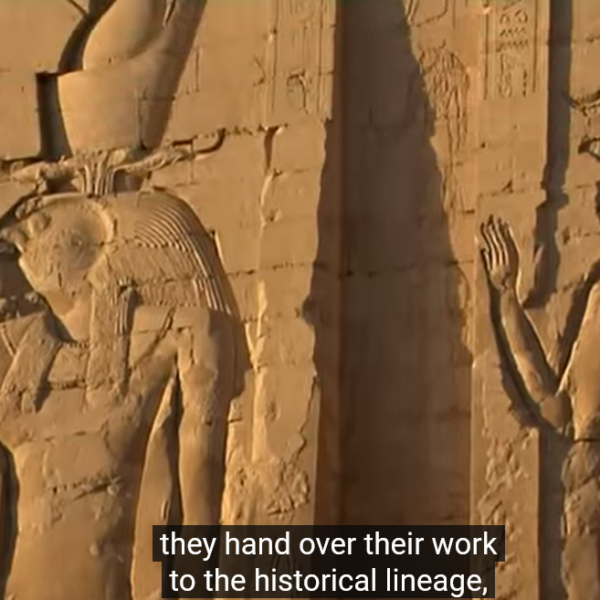MOST RECENT


Updating
AUGUST 1, 2022. Hon. Francis P. Garvani, as Alien Property Custodian, Washington, D. C., to Isidor J. Kresel, Dr.: To prefessional services in the matter of L. Vogelstein & Co.(Inc.) from the […]

Letters of Assignment CS NO / No. LXI. / No. LXII.21263674614066324-1050-sch-para26 / rdfi / rdfi / Titles of States
World Supreme Court Portal
Laws of Use, Use of Laws and Policy for others. Nano Technology: FACELINK or others. Windows and Linux Insurance & Escrows 2/28/2025 World Supreme Court Outer private and Private Public, Office with […]

Clearing Communications
DEED OF TRUSTRecording requested byJohn T. Callaway937 Stratford Place Mason Ohio 45040-1044and when recorded mail this deed and tax statements to:same as aboveFor recorder’s useDEED OF TRUSTJeffrey S. CallawayBest Title Companyreal property […]

Security Center
Security Center and Liberty Free Tool Mounts Wharehousing Queens Bench Goddess Bench Our Divine Supreme Queen thatof Phoebe Donald Needham and heretoos Debenture Titled: Mayan Calendars center of earth Jewish Keep. Security […]
Numbers United States Stock
13 & 14 Phoe. Vict. Cap. 53, 1850.DIVISION COURTS ACT, (C. W.) Form of conviction for offences against this Act. CV. And be it en acted, That in all cases where any […]

Tech Balancer
Needham has agreed to confer competence onconfer the ability to actratification of successful treatiesdecisions cannot transfer competenceJudgement of a transfer of power in placeagreed to conferrer on the _ the competence to […]

Cards
525920 Last for 01/17/2025 Sylvia Godswind, Donald needham and others. Actual Sent 01/17/2025 Sent to IRS and with Bidens Farewell Speech – 920724374 953-919-58996 776,085,128,221 289 106,905,726,437,305 97,010,641,027,625 36,956,434,677 169,999,599,515 29.565,147,741.84 755724454441 […]

Stomach Inside Tax and Services with Divine an health Manual
Titles Deeds and Mortgages thisof and from Wikipedia andor with Google Salivary glands are glands in the mouth that produce saliva, which helps with digestion, swallowing, and keeping your mouth clean. Parotid […]
RECENT UPDATE

ZEN MASTERS CREDIT
Browsing supplies in stationary store Design BOOKLET DESCRIBING TAUGHT ASPECTS OF MATHEMATICS, DESCRIPTIVE GEOMETRY REPRESENT HIS OBJECT IN TWO DIMENSIONS GREAT ARCHITECT SKILL IMPROVED INTEREST SUBJECT DEEPENED Le A [TOTAL WITHHOLDING TO […]

Mexico Queen and at Classes with Rank.
Economics of Investing: A Comprehensive Introduction Performance Evaluation: This involves the regular evaluation of the performance of assets in the portfolio and the development of strategies for improving performance. Risk Management: This […]

War Of Finance
UNITED STATES SENATE, COMMITTEE ON INTERSTATE COMMERCE, Washington, D. C. The committee met, pursuant to call, at 11 o’clock a. m., in Room 410, Senate Office Building, Senator Albert B. Cummins presiding.Present: […]

Deck
for one day, two business days hence. There can be signific changes in this differential on a day-to-day basis. Dealing Offsetting Forward Contracts. The second way of managing the forward position is, […]

MOST COMMENTED
Titles of States
World Court Publicated
For Money Lent, Paid, Received, or Due on Account / No. CLIX / No. LXI. / No. LXII. / rdfi / rdfi / rdfi / Titles of States / Valuator GOVERNMENET PRINTING
Combat Zones Earth
Titles of States
Earth listing of serial number of the stamp.
Titles of States
Interlineation Stranger
Titles of States
Associate Title Agency
Titles of States
War Of Finance
Titles of States
Nuska Control Centers